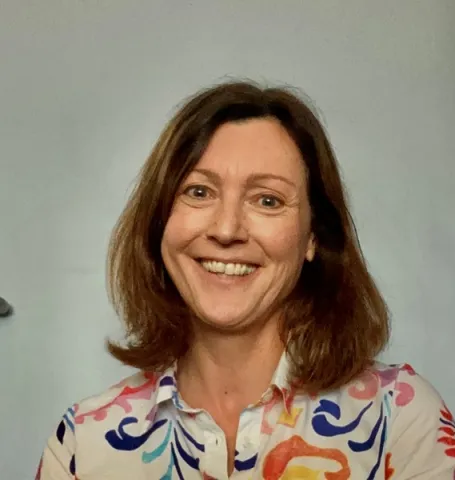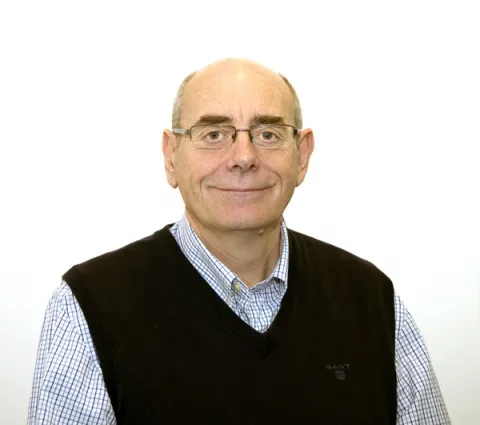Project overview
Demand for metals is increasing as they are vital for supporting the transition to a green economy. It is now recognised that the oceans contain vast metal resources that may represent a more sustainable source of supply. In this project, we are working to understand how seabed mineral deposits form and evolve over time, and their preservation potential. This information is vital for determining the size of metal resources and their global distribution.
We are exploring some of the enormous seafloor massive sulphide (SMS) deposits that are located in the Semyenov hydrothermal field on the Mid-Atlantic Ridge. These deposits are unusual because they form from reactions between seawater and ultramafic (rather than mafic) rocks and they contain very high concentrations of gold, copper, nickel and elements that support green technologies such as cobalt and platinum.
Our study aims to:
1. Determine how large these deposits are- not an easy task as some of them are buried beneath seafloor sediments!
2. Assess the chemical composition of the deposits and determine how this changes as the deposits age and become buried.
3. Determine the chemical reactions that take place as seawater infiltrates the ultramafic rocks, is heated up and expelled at the seafloor.
4. Quantify the rates and effects of biological and abiological alteration of the massive sulphide deposits and how this affects metal content.
5. Use modelling to identify the key physical and chemical processes that affect the evolution of the sulphide deposits over time.
We are doing this work in collaboration with the National Oceanography Centre Southampton, the University of Cardiff, the British Geological Survey and the University of Leeds.
We are exploring some of the enormous seafloor massive sulphide (SMS) deposits that are located in the Semyenov hydrothermal field on the Mid-Atlantic Ridge. These deposits are unusual because they form from reactions between seawater and ultramafic (rather than mafic) rocks and they contain very high concentrations of gold, copper, nickel and elements that support green technologies such as cobalt and platinum.
Our study aims to:
1. Determine how large these deposits are- not an easy task as some of them are buried beneath seafloor sediments!
2. Assess the chemical composition of the deposits and determine how this changes as the deposits age and become buried.
3. Determine the chemical reactions that take place as seawater infiltrates the ultramafic rocks, is heated up and expelled at the seafloor.
4. Quantify the rates and effects of biological and abiological alteration of the massive sulphide deposits and how this affects metal content.
5. Use modelling to identify the key physical and chemical processes that affect the evolution of the sulphide deposits over time.
We are doing this work in collaboration with the National Oceanography Centre Southampton, the University of Cardiff, the British Geological Survey and the University of Leeds.

